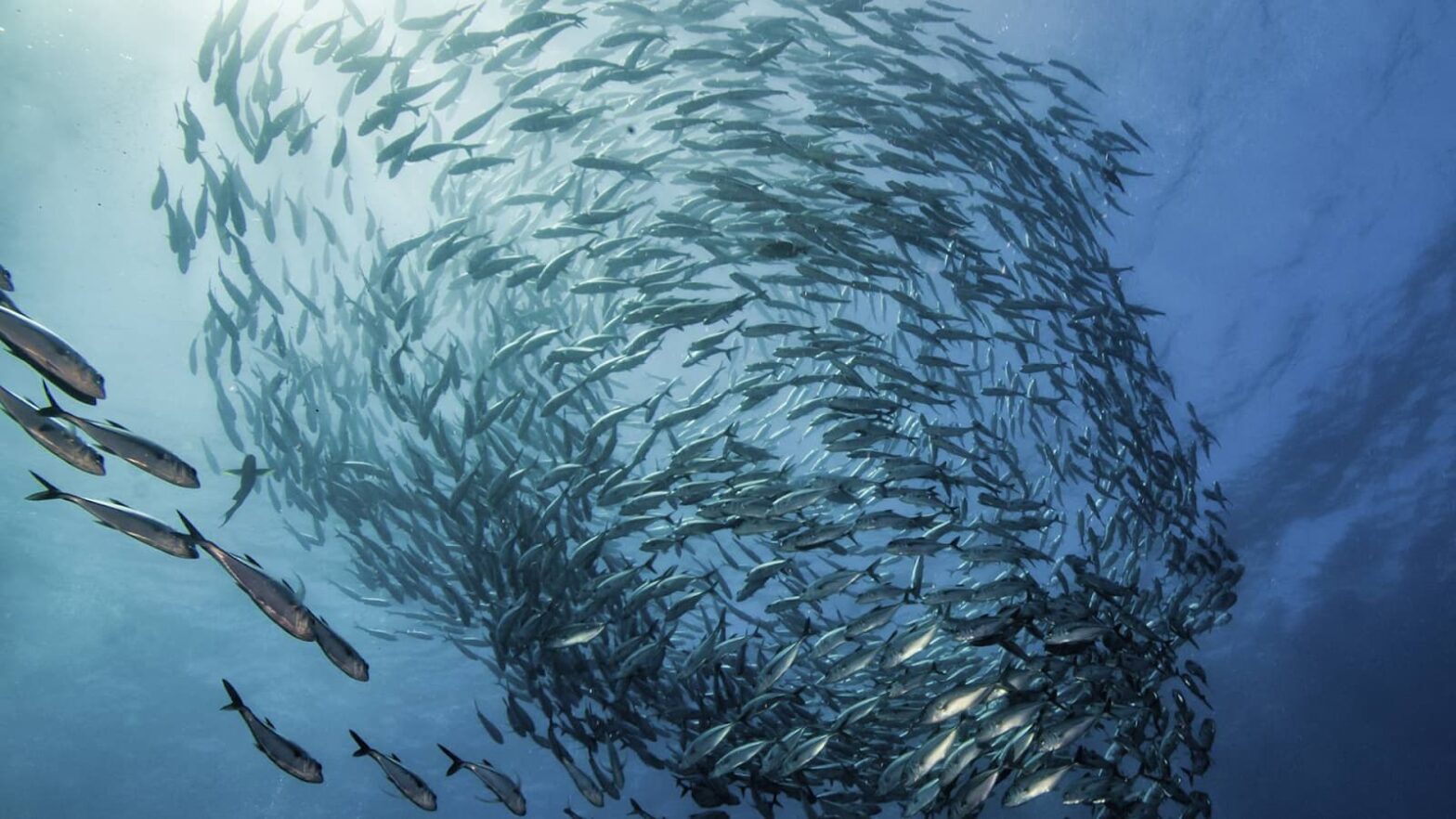Sustainable fishing encompasses methodologies aimed at preserving fish populations and the marine environment. These practices are critical for the long-term health of aquatic ecosystems and include employing selective fishing gear, designating protected marine areas, and enhancing aquaculture production. Amidst increasing seafood demand, driven by population growth and fishing technological advancements, sustainable fishing emerges as a vital response to overfishing challenges.
Principles of Sustainable Fishing
Sustainable fishing is underpinned by principles that guide fishers and fisheries management towards practices that minimize environmental impact, support economic sustainability, and maintain ecological balance. These principles ensure that fishing activities can be conducted in a manner that does not compromise the ability of future generations to meet their needs.
Key Sustainable Fishing Practices
Use of Selective Fishing Gear
Selective fishing gear is designed to target specific species, sizes, or ages of fish, thereby reducing bycatch and minimizing the impact on non-target species. This approach is crucial for the sustainability of fisheries and includes methods such as:
- Hook and Line Fishing: A method that is specific to species and size, allowing for the immediate release of non-target catches;
- Trolling: Involves towing baited lines behind a moving vessel, effectively minimizing bycatch;
- Harpooning: Targets large species like tuna and swordfish with precision, avoiding unintended catches.
Implementing Fishing Area Restrictions
Restricting fishing in certain areas allows fish populations to rebuild by providing them with a refuge from fishing pressure. Marine Protected Areas (MPAs) play a significant role in this context, offering a sanctuary for recovering fish stocks and protecting critical habitats like seagrass beds and mangroves.
Fishing at Optimal Times
Timing fishing activities to coincide with periods of fish abundance helps in targeting adult fish, thus preserving spawning stocks and juvenile fish populations. This practice ensures the sustainability of fish stocks by allowing them to reproduce and maintain their population levels.
Establishing Catch Limits
Setting catch limits is essential to prevent overharvesting. These regulations, enforced by governments and fisheries management bodies, are aimed at maintaining fish populations within sustainable levels, ensuring the longevity of the fishing industry.
Enhancing Aquaculture Production
Aquaculture, or fish farming, offers a viable alternative to wild fishing, reducing pressure on natural fish stocks. By controlling breeding, growing, and harvesting conditions, aquaculture can provide a consistent and sustainable supply of seafood.
Comparative Table: Traditional vs. Sustainable Fishing Practices
| Aspect | Traditional Fishing Practices | Sustainable Fishing Practices |
|---|---|---|
| Target Species | Broad, non-selective | Specific, with minimal bycatch |
| Environmental Impact | High, with habitat destruction | Low, with habitat preservation |
| Future Viability | Compromised by overfishing | Ensured through conservation measures |
| Economic Sustainability | Short-term gains | Long-term prosperity and stability |
| Ecological Balance | Often disrupted | Maintained and supported |
Video Guide
To answer all your questions, we have prepared a video for you. Enjoy watching it!
Conclusion
The transition to sustainable fishing practices is not merely an environmental necessity but a moral imperative to ensure the health and productivity of our oceans for future generations. By adopting measures that protect fish stocks and preserve marine ecosystems, we can mitigate the adverse effects of overfishing and unsustainable practices. Sustainable fishing stands as a beacon of hope, guiding us towards a future where marine biodiversity thrives, and fishing communities prosper sustainably. Embracing these practices is essential for the continued viability of the fishing industry and the overall well-being of our planet’s aquatic environments.



